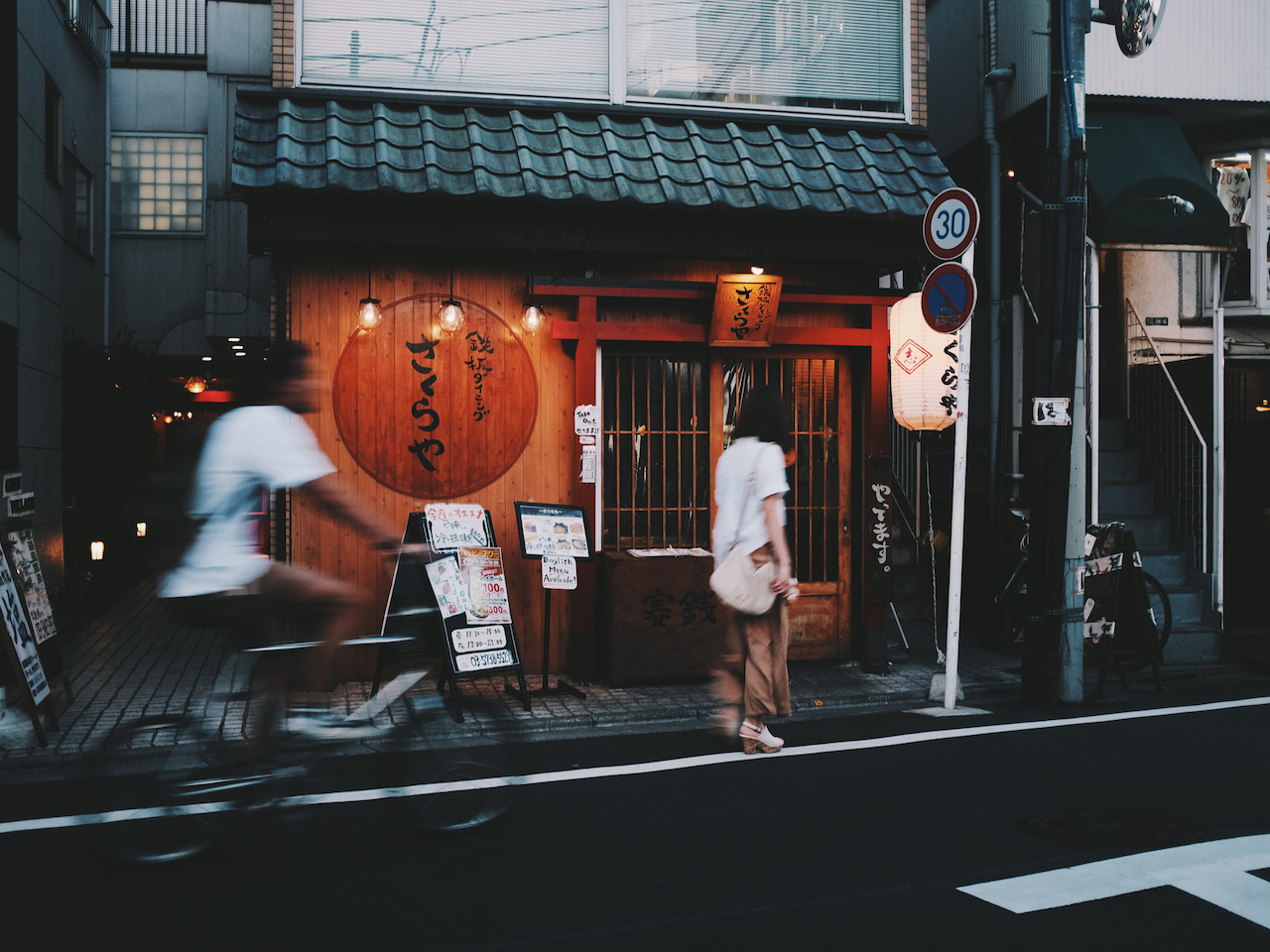The rise of Japanese cuisine over the past 15 years has been nothing short of phenomenal, now there are housewives in central Russia serving maki rolls and tempura for lunch while sushi hand rolls are flying off supermarket shelves worldwide. Sure they are bastardised versions of what Japanese call their cuisine as each country changes the variety and flavours to suite local tastes.
When in Japan
I’m not a Japanese expert nor have I studied Japanese culture or cuisine, but while travelling in Japan I was both shocked and pleasantly surprised by the treatment and respect they have for food. Have you ever tried Japanese Food? It’s funny when you hear this question. What is Japanese food? I mean what really makes any cultural food itself? If a cuisine is taken outside it’s country of origin with different ingredients being prepared by foreign workers can it be called authentic?
Everyone will automatically reply “of course I have tried Japanese food, it’s delicious”. We are all experts on Japanese food after eating Tempura off the hotel buffet or sitting down at Sushi train to stuff our faces full of six dollar plates. But in Japan itself food is a very different experience, it’s simpler than we thought and better. There are no 20-30 page menus lining the streets and if so then I guarantee you they are not serving Japanese guests.

Let’s Make It Complicated
I doubt any Japanese chef has muttered this to his Sous chef while preparing Sushi. But in the west can’t help ourselves; we struggle to understand that making simple ingredients shine is more complicated than preparing rainbow maki rolls with eight different ingredients or adding cream cheese to uramaki. “Simple” in the west often translates into “boring”, there are certain expectations after eating your local brand of modern Japanese sushi/sashimi.
The rice is everything, it’s the reason why Japanese never dip the rice in soy sauce when eating Nigiri, they turn it upside down only touching the seafood to maintain the texture and integrity of the rice. This is why Japanese often eat sushi with their hands vs chopsticks, its easier to dip without spoiling the rice in a pool of soy sauce.
UMAMI (Savory, Deliciousness)
Umami – some call it the secret taste others call it the 5th taste after sweet, sour, bitter and salty. Either way it was discovered by the Japanese in 1908 and only later recognised by western scientists in the 20th century. The discovery of Umami also led to the creation of MSG, but that is another story.

It makes perfect sense to me that Japanese would be the ones to discover the 5th taste or Umami for all the reasons mentioned above. We can all learn something from the way Japanese approach and appreciate food… if only they would stop serving bluefin tuna and harpooning wales, but that’s another story. I guess not all the Japanese traditions are so timeless.
If only Japanese approched conservation with the same passion they have for food.







Great read, very interesting..